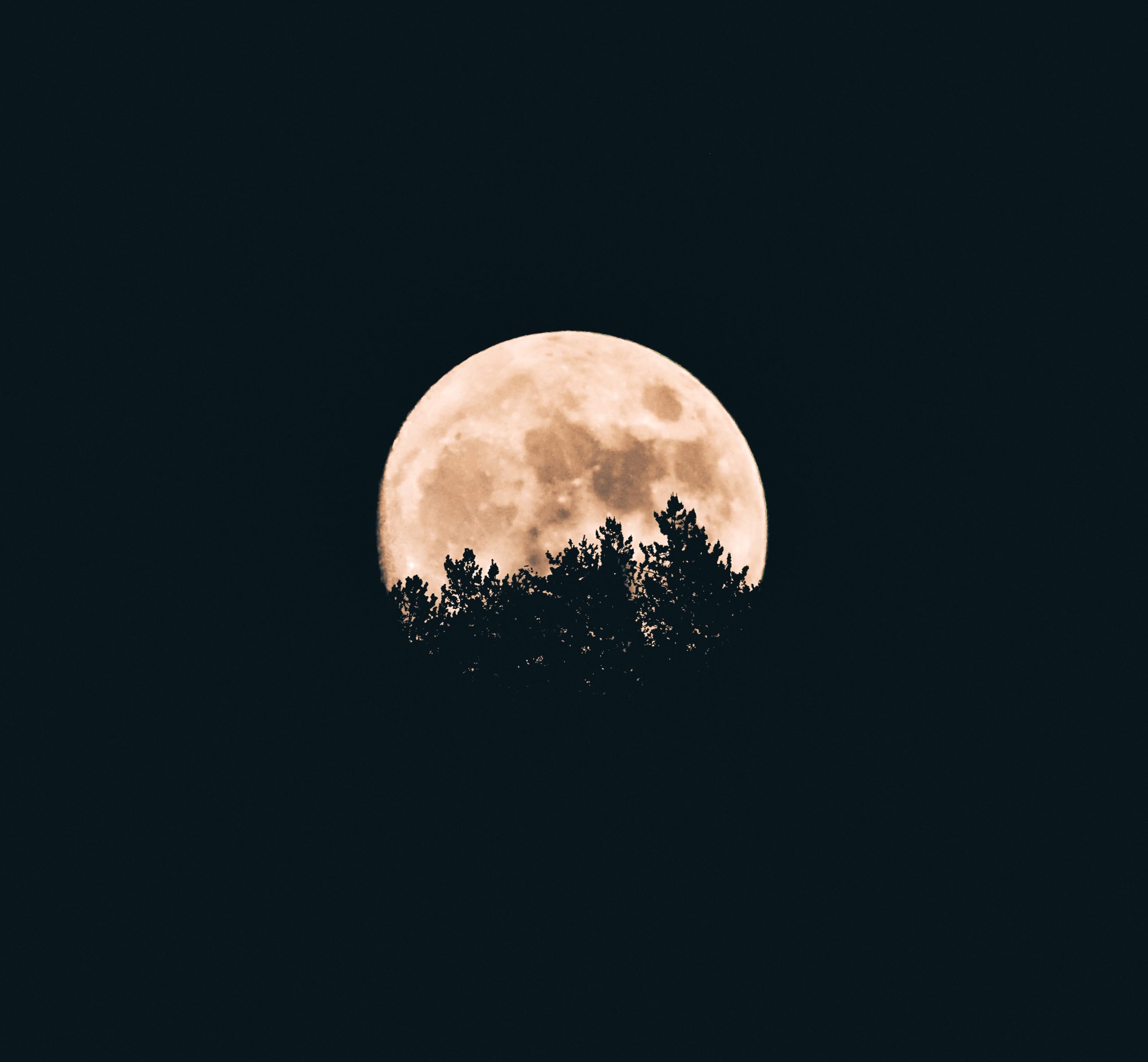How Long Does the New Moon Phase Last?
Have you ever wondered how long the captivating phenomenon of the new moon phase lasts? The beauty of the moon’s cycle has fascinated humans for centuries, and understanding its different phases adds another layer of intrigue to this celestial body. In this blog post, we will delve into the details of the new moon phase, exploring its duration and other interesting aspects. So, let’s embark on this lunar journey!
The Moon’s Phases
Before discussing how long the new moon phase lasts, let’s briefly understand the different phases of the moon. The moon goes through eight distinct phases in approximately 29.5 days, known as a lunar month. These phases are:
- New Moon
- Waxing Crescent
- First Quarter
- Waxing Gibbous
- Full Moon
- Waning Gibbous
- Last Quarter
- Waning Crescent
As we are specifically focusing on the new moon phase, let’s proceed to explore its duration and characteristics.
The New Moon: A Moment of Darkness
The new moon phase marks the beginning of a new lunar cycle. During this phase, the moon is positioned between the Earth and the Sun, with the side illuminated by the Sun facing away from our planet. Consequently, the moon appears completely dark to us, making it almost invisible in the night sky.
One might assume that the new moon phase lasts for an entire day, as it falls on the day designated as the “new moon” in most calendars. However, in reality, the new moon phase itself lasts for a significantly shorter duration. To be precise, it lasts only a few moments—usually around 12 to 24 hours.
During these fleeting hours, the moon transitions from the waning crescent phase, where only a sliver is visible, to the waxing crescent phase, where the first glimpse of illumination begins to emerge. Therefore, the new moon phase itself cannot be observed since it lacks any discernible illumination. Despite its fleeting nature, the new moon marks an important milestone in the lunar cycle.
Factors Affecting the Duration
While the new moon phase itself is brief, the phase’s duration can vary for several reasons. Here are a few factors that can influence the length of the new moon phase:
- Geographical Location: The visibility of the new moon can differ depending on your location on Earth. Factors like altitude, atmospheric conditions, and light pollution can impact the extent to which you can observe the new moon. Hence, the duration of its visibility may vary.
- Timezone Differences: Due to the rotation of the Earth, the exact moment when the new moon phase occurs can differ between timezones. However, the difference is usually negligible.
- Calendar Conventions: While the new moon phase itself is brief, it may be represented as a single day on various calendars. This is done to indicate the beginning of the lunar cycle and make it easier for people to track and plan activities in accordance with the moon’s phases.
- Technological Advances: Modern technology enables us to predict the timing of the new moon phase more accurately. Astronomical calculations, computer models, and software simulations allow for precise calculations, aiding in determining the duration of the new moon phase.
The Magic beyond the New Moon Phase
Although the new moon phase itself may be fleeting, its influence stretches far beyond its brief duration. In many cultures, the new moon is associated with rejuvenation, new beginnings, and spiritual significance. It symbolizes a blank canvas, inviting us to set intentions, foster personal growth, and embrace fresh opportunities.
Furthermore, the new moon phase plays a crucial role in other astronomical events. For instance, it affects the visibility and timing of solar eclipses. A solar eclipse can only occur when the new moon aligns precisely between the Earth and the Sun, casting its shadow either partially or wholly over certain regions on our planet.
Conclusion
The new moon phase, despite its fleeting nature, is a significant moment in the lunar cycle. Lasting only for a few hours, this dark phase signifies the beginning of a new cycle of growth and possibilities. While we may not observe the new moon directly, its impact on our lives and the astronomical phenomena around us is undeniable. So, next time you gaze at the dark night sky, remember the magic that lies beyond the surface, waiting to be explored.
Thank you for joining us on this lunar journey! We hope you found this blog post informative and intriguing. Feel free to share your thoughts on the new moon phase and any personal experiences you may have had while observing this fascinating astronomical event.
Table of Contents
